

|
|
|


|
|
1/10 Scale Electric Rock Crawler:
HPI Venture Crawler - Toyota FJ Cruiser - Matte Black - # 118146 (Radio Controlled Model Review)History and Info:
Introduced by HPI in 2018 the Venture Crawler RTR Toyota FJ Cruiser - Matte Black - # 118146 - came pre-assembled with a pre-painted Bodyshell, 35T Motor, Waterproof SC-3SWP3 ESC, NiMh Battery, Charger and 2.4Ghz Radio System. A number of other bodyshell options were available (Check out our HPI Archive).
▼ Scroll Down for More Images ▼
|








|
|
|

★ HPI Venture Crawler - Toyota FJ Cruiser - # 118146 - Rock Crawler Chassis ★
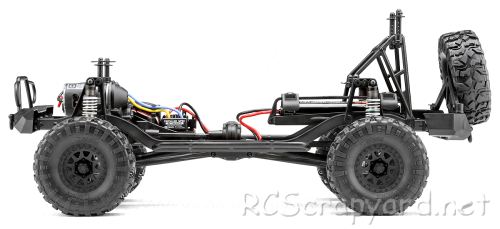
★ HPI Venture Crawler - Toyota FJ Cruiser - # 118146 - Rock Crawler Chassis ★
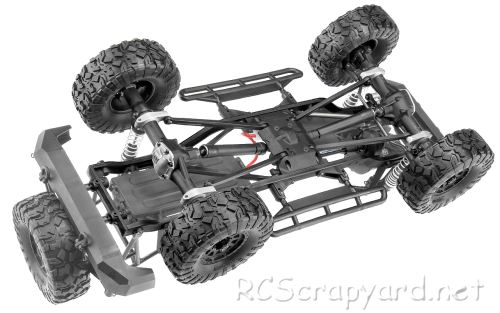
★ HPI Venture Crawler - # 118146 - Rock Crawler ★
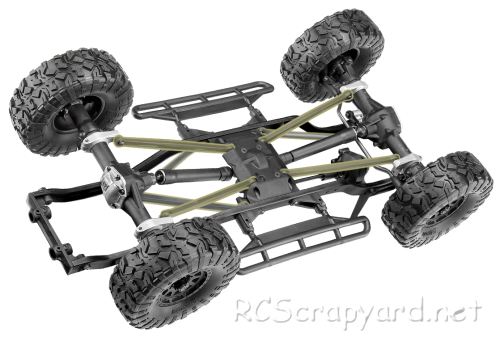
★ HPI Venture Crawler - Toyota FJ Cruiser - # 118146 - Rock Crawler Chassis ★
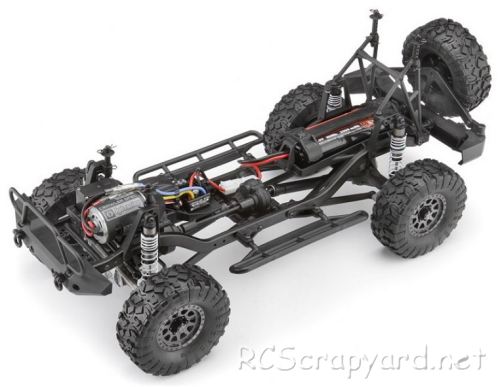
★ HPI Venture Crawler - Toyota FJ Cruiser - # 118146 - Rock Crawler Chassis ★
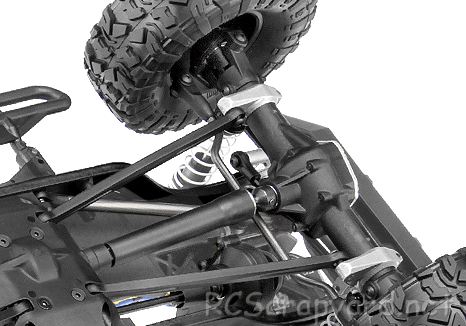
★ HPI Venture Crawler - # 118146 - Rock Crawler ★
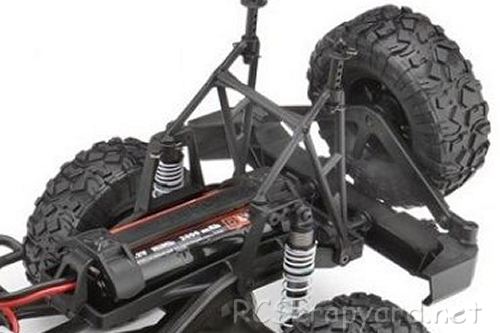
★ HPI Venture Crawler - Toyota FJ Cruiser - # 118146 - Rock Crawler Chassis ★
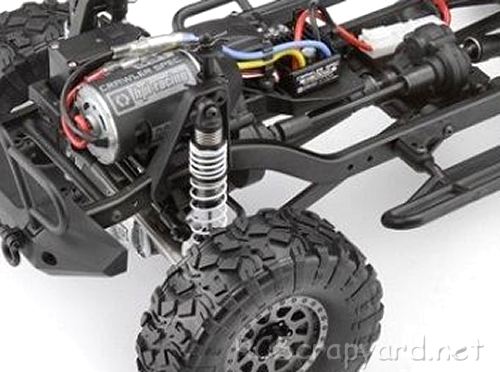
|
Buying a Used HPI Rock Crawler (and What to look for)
Make a General Visual Inspection
Check the Body-Shell
If the body shell of your Rock Crawler is broken, ripped or damaged in any way, this can be easily repaired with rubber solution glue. Also, for added protection and if available for your model, fit an under guard to stop dirt and gravel entering the chassis. Drive Shafts and Turnbuckles
Examine the Drive System
The gearbox of your used Rock Crawler should be opened up to check for damaged gears and wear. If there is excessive backlash in the gearing, these should be replaced. A thin coat of grease on the gears is enough to allow smooth operation and reduce further wear. Pinions and Spur Gears
Steering Servo and Servo-Saver
Don't Forget those Bearings
|
|
Manufacturers and Brands Catalogued and Listed by RC-Scrapyard.
At present, the RC Model Manufacturers, Brands and Distributors covered by us are: ABC Hobby, Academy, Acme Racing, Agama Racing, Amewi, Ansmann Racing, ARRMA, Team Associated, Atomic RC, Axial, AYK, Bolink, HPI, Capricorn, Carisma, Carson, Caster Racing, Cen, Corally, Custom Works, Durango, Duratrax, ECX - Electrix, Exceed RC, FG Modellsport, FS-Racing, FTX, Fujimi, Gmade, GS-Racing, Harm, HBX, Helion, Heng Long, Himoto Racing, Hirobo, Hitari, Hobao, Hong-Nor, Hot Bodies, HPI, HSP, Intech, Integy, Jamara, JQ Products, Kawada, Kyosho, Losi, LRP, Maisto, Mardave, Marui, Maverick, MCD Racing, Megatech, Mugen, New Bright, Nichimo, Nikko, Nkok, Ofna, Pro-Pulse, Protech, PTI, RC4WD, Redcat Racing, RJ-Speed, Robitronic, Schumacher, Seben, Serpent, Smartech, Sportwerks, Step-Up, Tamiya, Team-C Racing, Team Magic, Thunder Tiger, Tomy, Top Racing, Traxxas, Trinity, Tyco, Vaterra RC, Venom, VRX Racing, WLToys, X-Factory, Xmods, Xpress, Xray, XTM, Yankee RC, Yokomo, ZD Racing and Zipzaps. |
|
Hints, Tips and Information
Battery Connectors
Over the years I have been racing radio controlled model cars of all descriptions, I have tried a number of different connectors for my batteries.
|
|
Hints, Tips and Information
Roll Center
One of the least understood settings on RC model cars is concept of roll center. The simple definition of roll center is a point in space that the chassis rolls from side to side as the car maneuvers around a corner. The Effect of Roll Center on your Car
But what does all this mean? I hear you ask. Well, it gives you some insight to what changing the position of your camber links can do to the way your car handles. |
|
RC Models:
|
Radio & Motors: |
Other
Accessories: |